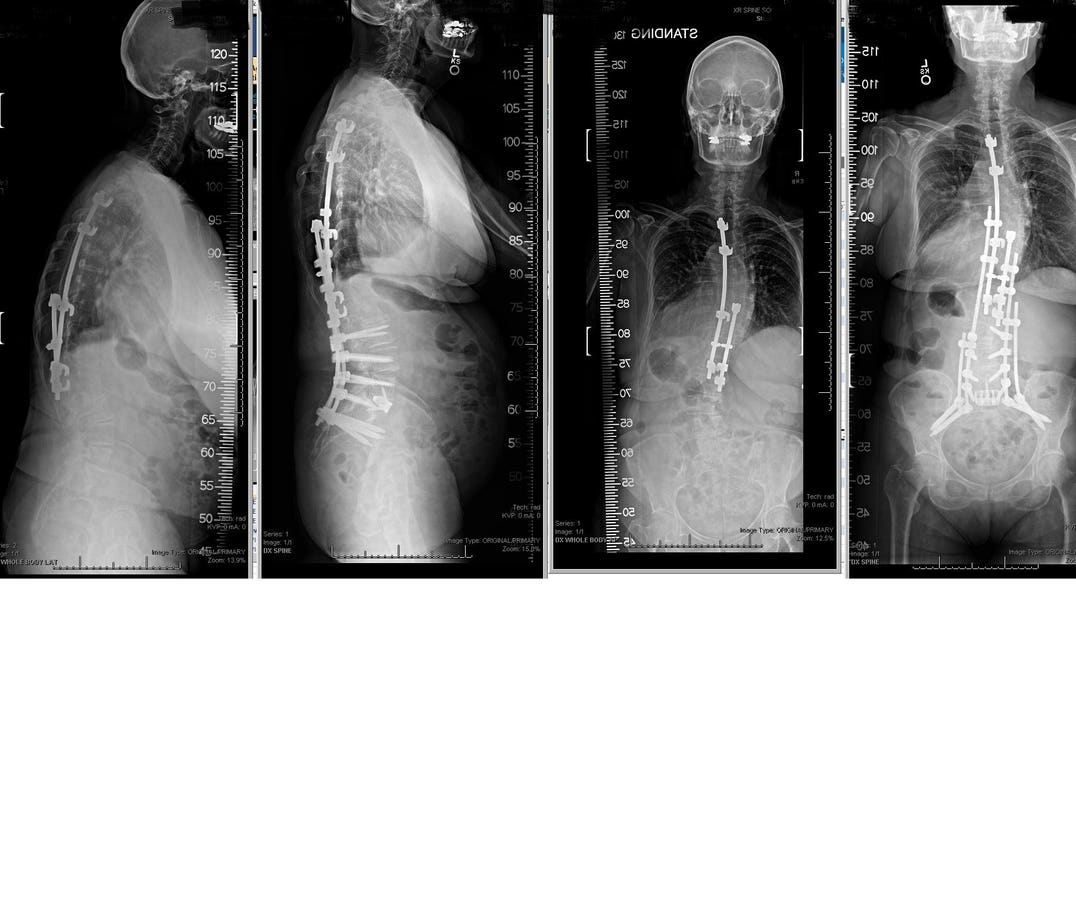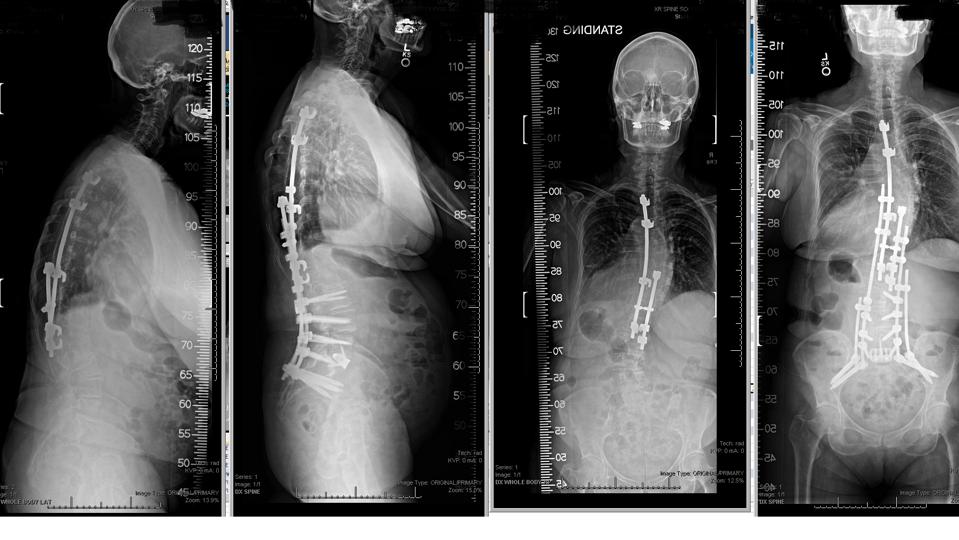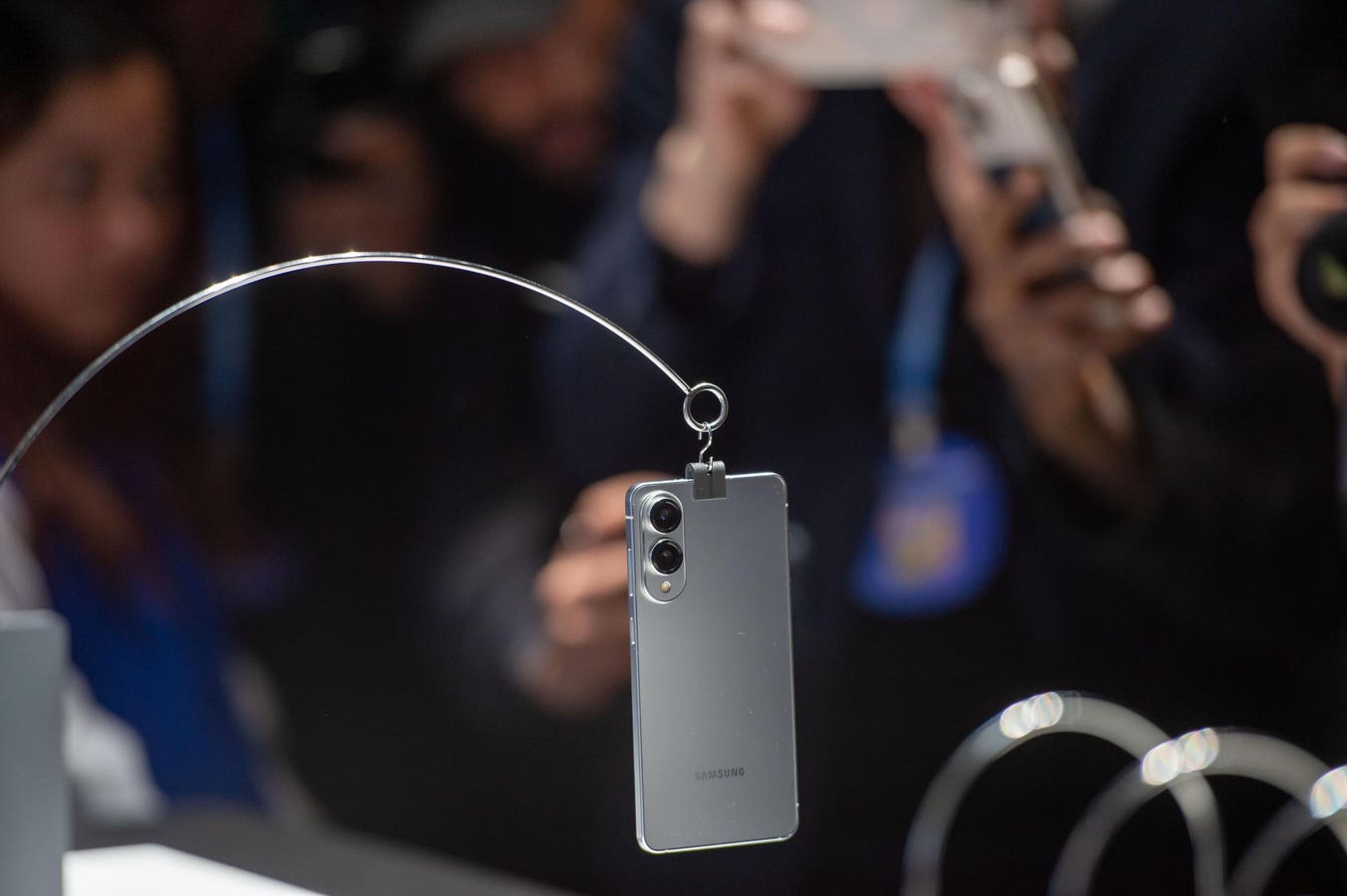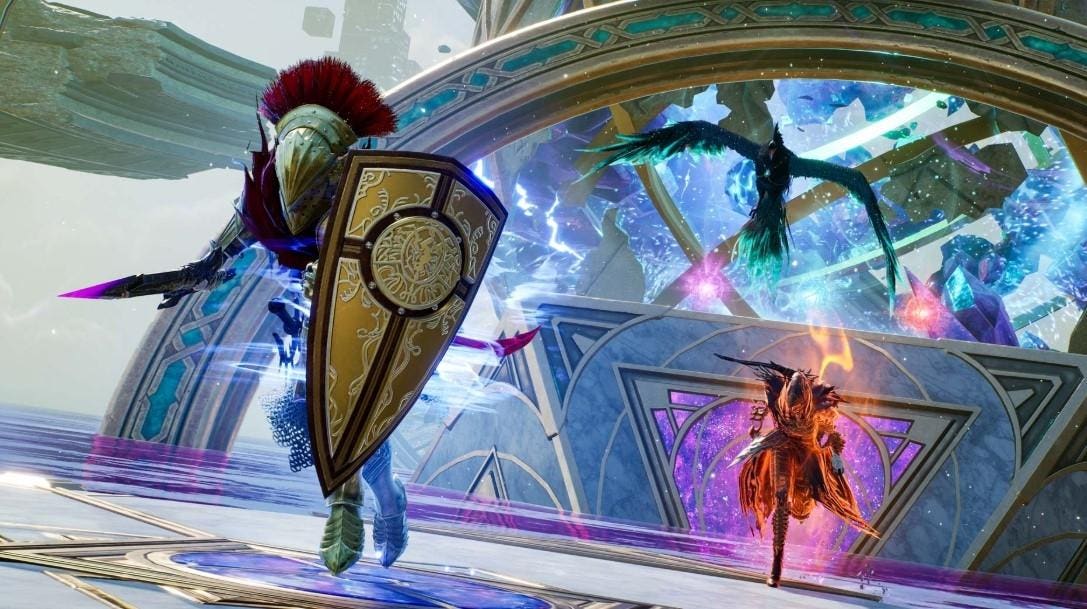This patient, who received an older spine instrumentation technique during childhood, later … More
Scoliosis Awareness Month spotlights a condition affecting approximately 6 to 9 million individuals in the United States—roughly 2-3% of the population—subtly or overtly reshaping lives through its characteristic lateral spinal curvature.
Thankfully, the majority of scoliosis patients will not require surgical intervention, and for those who do, remarkable advancements in treatment provide renewed hope and improved outcomes.
What is scoliosis? How are big data and artificial intelligence helping scoliosis patients? And, what can we all learn from scoliosis patients?
What Is Scoliosis?
Scoliosis is defined as a lateral curvature of the spine exceeding 10 degrees, a condition that reshapes the spine’s natural alignment. It falls within the broader spectrum of spinal deformity, which include various alterations to the spine’s biomechanical structure. While scoliosis specifically involves a sideways curvature, other deformities manifest as forward bending (kyphosis) or backward bending (lordosis). Surgeons employ a precise classification and nomenclature system to characterize scoliosis, tailoring their approach based on the patient’s age, the type of scoliosis and the underlying cause driving its development.
What To Expect With A Diagnosis Of Scoliosis?
Scoliosis is often first noticed by a patient, their family, a pediatrician, or a primary care physician who detects an abnormal curvature of the spine. Initially, this curve may be monitored over time or promptly evaluated by a specialist, such as an orthopedic surgeon or neurosurgeon. While not every case requires imaging, an X-ray is typically the critical first step to assess and characterize the scoliosis, providing a clear picture of the curve’s magnitude and trajectory.
For pediatric patients, treatment decisions hinge on a combination of the curve’s severity and the child’s remaining growth potential. A hand X-ray is the most reliable method to estimate growth remaining, guiding the care plan. In adults, where rapid growth has ceased, the focus shifts to symptom management and pain levels, though curve progression remains a concern in certain cases. If the curve is atypical, progresses rapidly, or approaches a threshold requiring surgical consideration, additional diagnostic tests may be warranted. A MRI can reveal critical details about the spinal cord and soft tissues, such as intervertebral discs, while a CT scan offers a detailed view of the bone’s architecture, alignment, and quality. In cases where the spine’s position may impact breathing, pulmonary function tests may be conducted to evaluate lung performance. For some adults, further assessments like bone density scans or nerve conduction studies may be necessary to complete the diagnostic picture.
Each step in this process is crafted to deliver a clear, tailored and actionable strategy for managing scoliosis, customized to each patient’s unique presentation.
How Is Scoliosis Treated?
Scoliosis treatment is highly individualized, guided by a surgeon’s assessment of the patient’s specific condition. Depending on the case, a range of options may be recommended, from minimal intervention to advanced surgical procedures. In some instances, no immediate action is required, with periodic monitoring through follow-up X-rays to track the curve’s progression. For certain pediatric patients, a custom-fitted brace can be a powerful tool. Robust data demonstrate that bracing can significantly reduce the likelihood of surgical intervention in these young patients by halting curve progression.
In more severe cases, surgical options may be proposed to correct the scoliosis curve and restore balance to the thorax, creating vital space for the heart and lungs within the chest cavity. These procedures typically involve the use of rods, screws, and precise bony carpentry, such as osteotomies, to realign the spine. The rigidity or inflexibility of the curve directly influences the complexity of the surgery, with more rigid curves often requiring more extensive osteotomy bone cuts to achieve proper alignment.
Recent decades have witnessed remarkable advancements in surgical techniques and technologies, enabling surgeons to deliver safer, more effective treatments with improved outcomes.
What’s New For Scoliosis Surgery?
Advancements in technology, refined surgical techniques and a deeper understanding of spinal biomechanics are rapidly transforming scoliosis surgery. Leading experts highlight three critical areas of progress. Surgeons are harnessing big data and artificial intelligence to create precision medicine customized for each patient. Pediatric scoliosis patients may now avoid traditional spinal fusion surgeries involving rods and screws. A sophisticated grasp of three-dimensional spinal alignment is driving more precise corrections, resulting in enhanced and longer-lasting outcomes.
Big Data and Artificial Intelligence
Christopher Ames, MD, a world-renowned neurosurgeon at the University of California San Francisco, is leveraging big data and AI to create personalized treatment plans. He notes:
“Our long-term 8 year outcomes data just published in JAMA Surgery has shown excellent results for adult spinal deformity surgery compared to non operative management in select patients. However, given our aging population, we want to be able to best direct care and deliver precisely tailored optimal treatment plans.
Certainly, the solution lies in the utilization of big data and artificial intelligence to classify patients and predict prior to surgery who is likely to benefit the most with lowest complication rate.
We’ve constructed predictive models that accurately simulate risk and outcome and now we’re combining those models with aging biomarkers, digital phenotyping of activity and social functioning, dynamic gait data and topological surface maps of the patient’s physical appearance to essentially create a real time digital twin. Just like a superstructure or NASA rocket twin, these detailed digital representations will allow the most accurate real time machine learning simulations of various treatment scenarios and enable the best possible care for that individual patient all before ever taking the risk of a spinal surgery in the operating room.”
These AI-driven models enable surgeons to predict outcomes and tailor interventions with unprecedented precision, reducing risks and enhancing results.
Non-Fusion Surgical Options
Amer Samdani, MD, from Shriners Children’s Hospital, is helping to pioneer vertebral body tethering (VBT) as an alternative to traditional spinal fusion, which involves joining spinal segments with rods and screws. He explains:
“Vertebral body tethering provides a non-fusion option for growing patients with scoliosis. The basic science research and laboratory data has been around for over 30 years, however, the use of this novel non-fusion technique has really taken off over the last 5 to 10 years. vertebral body tethering offers an option for patients who wish to preserve motion of their spine while allowing the spine to correct its curvature as a child grows. To date over 7000 patients have received the procedure worldwide with more than 50 centers performing the procedure world wide for select patients. We feel motion preservation is most beneficial in the lower part of our spine, i.e. the lumbar spine. Thus the majority of our vertebral body tethering procedures are done in the lumbar spine and occasionally in the thoracic spine. Vertebral body tethering has a bright future as innovations are made material properties of the tether. In addition, artificial intelligence and predictive analytics will improve our ability to select those patients that would benefit the most. Although the procedure saves motion, it does have a higher re-operation rate than traditional treatments, such as fusion. However, as surgeons have undergone their learning curve, complications and operations are decreasing .”
Vertebral body tethering (VBT) preserves spinal mobility in growing children, with ongoing research and predictive analytics refining patient selection to hopefully achieve more durable outcomes.
Optimizing Spinal Alignment
Dr Michael Kelly, Rady Children’s Hospital, is the senior author on a fundamental paper that completely reshaped how surgeon’s think about the spine’s alignment. He explains below:
“Spinal alignment targets have taken a major leap forward in the past several years, moving from “looks good” to “this angle is correct” and now to “this shape looks correct.” We understand now that the shape of the fused spine has a large effect on the durability of surgery and the improvement patients experience after spinal fusion. This area of knowledge is prime for improvement with machine-learning (“AI”) techniques, as surgeons will have rapid measurements of a curved shape as well as patient-specific rods made in the shape we intend to create with our fusions. We will move away from using two “simple” radiographs to using 3-dimensional reconstructions with biomechanical data surrounding simulated surgeries. These data will help us and patients choose the “best” surgery for them.”
The transition to a comprehensive three-dimensional understanding of the spine, coupled with AI-driven design, represents a significant advancement in achieving a patient-specific spinal correction.
Bringing Awareness To The Scoliosis Patient
Scoliosis Awareness Month highlights the remarkable strength of individuals with severe scoliosis, whose perseverance inspires the surgeons dedicated to their care. At a recent neurosurgery conference, the honored guest lecturer, reflecting on 35 years of practice, expressed profound admiration for patients confronting the myriad challenges of different neurosurgical conditions. This sentiment resonates deeply in the context of scoliosis, where the courage of patients is nothing short of extraordinary. Theirs is a case study of grit and tenacity.
Consider the courage of a 12-year-old cheerleader who wears a rigid brace to school for an entire year, undaunted by its physical and social demands. Contemplate the profound trust exhibited by parents who must provide informed consent for specialized rod placement in their child diagnosed with early-onset scoliosis.. Reflect on the endurance required to undergo complex spine reconstruction surgery lasting 10 to 12 hours or the resilience of a pediatric patient who perseveres through 19 surgeries until achieving final scoliosis correction. Adults undergoing intricate osteotomy reconstructions face recoveries spanning up to a year, yet they persist. These individuals not only surmount formidable challenges but also lead fulfilling, productive lives, serving as profound inspirations to all, including their surgeons.









